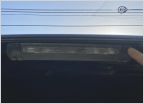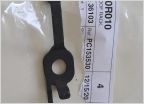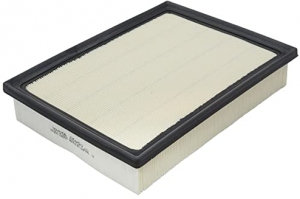-
Welcome to 4Runners.com!
You are currently viewing as a guest! To get full-access, you need to register for a FREE account.
As a registered member, you’ll be able to:- Participate in all 4Runner discussion topics
- Transfer over your build thread from a different forum to this one
- Communicate privately with other 4Runner owners from around the world
- Post your own photos in our Members Gallery
- Access all special features of the site
ZZZ
Discussion in '5th Gen 4Runners (2010-2024)' started by strannik, Feb 4, 2024.


 Is the 14 to 19 Entune radio plug and play with 10 to 13?
Is the 14 to 19 Entune radio plug and play with 10 to 13? Brighter?!? lmk..
Brighter?!? lmk.. Rear console cigarette lighter to usb ports
Rear console cigarette lighter to usb ports TRD Pro Wheels 2020: 4R Lug Nut Question
TRD Pro Wheels 2020: 4R Lug Nut Question How to install TRD Pro Roof rack
How to install TRD Pro Roof rack OEM part numbers needed...please!
OEM part numbers needed...please!















































































